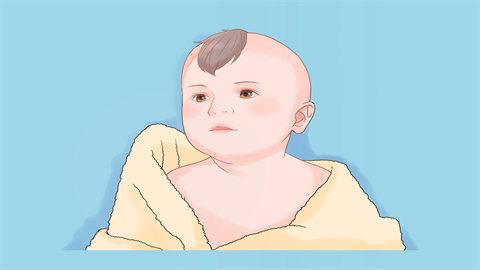Can a two-year-old child eat Chinese bayberries (Myrica rubra)?
When a two-year-old child has good chewing ability, no allergies, and normal digestion, they can eat a moderate amount of Chinese bayberry (Myrica rubra). However, it is not recommended if the child has poor chewing ability, a history of allergies, or gastrointestinal discomfort. Detailed analysis is as follows:

When a two-year-old child has more than eight baby teeth erupted, can adequately chew food, has previously eaten various fruits without allergic reactions, and has normal daily digestive function without bloating or diarrhea, they can consume a small amount of Chinese bayberry. The fruit should be washed, pitted, and cut into small pieces to avoid the risk of choking. Initially, feed 3-5 pieces and observe for 2-3 days. If no abnormalities such as rashes or vomiting occur, the amount can be gradually increased to 5-10 pieces per day. It is best to serve after meals to reduce the irritation of fruit acids on the gastrointestinal tract.
If the child has few erupted baby teeth, weak chewing ability, or has previously had allergic reactions to acidic fruits such as citrus, or if there is current gastrointestinal discomfort like diarrhea or abdominal pain, Chinese bayberry should not be consumed. Rich in fruit acids and fiber, Chinese bayberry may irritate the gastrointestinal mucosa and increase the digestive burden. The undigested fruit flesh can also easily cause indigestion. In such cases, soft and easily digestible foods like banana puree or steamed apples should be chosen first. Wait until the child's chewing and digestive abilities improve before considering trying Chinese bayberry.
When introducing Chinese bayberry to a two-year-old, ensure the flesh is pitted and chopped finely. Closely monitor the child's physical reaction after eating, and follow the principle of starting with a small amount and gradually increasing it, to avoid any adverse effects on health.




